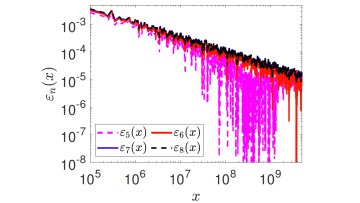The Axiom of Choice - a new play by Marcus du Sautoy SOLD OUT
From the Simonyi Professor for the Public Understanding of Science at Oxford University comes the premiere of a ground-breaking new play: The Axiom of Choice.
Join eminent mathematician Andre Weil and his fictional creation Bourbaki, on their journey from zero via France, India and Finland to the edge of infinity, as they try to make sense of whether we really have free will or if our choices are pre-determined.
Imprisoned in Rouen during the Second World War, our hero, Weil, faces a choice that will determine his fate. And yet his final decision just doesn’t make sense. Bourbaki are here to solve this equation, recreate their creator and offer a proof to the problem. Life, they believe, is like a mathematical theorem made up of interconnected logical strands. But does a life always add up?
Written & Directed by Marcus du Sautoy
Co-Directed by Lu Curtis
Produced by Claire Gilbert Ltd.
Supported by Dangor Education, Stage One Bursary Scheme for New Producers & Charles and Lisa Simonyi Fund for Arts and Sciences
Thursday 17 February 7.30pm
Friday 18 February 7.30pm + Post Show discussion
Saturday 19 February 2pm & 7.30pm
Tickets: £10
Concessions: £5
Mathematical Institute, Woodstock Road, Oxford, OX2 6GG
60 minutes, no interval. Book your tickets here




